These days, "tape echo" is often a setting more than it is a physical effect. With the twist of a knob or click of a button, you can get a convincing flavor of the tape echo sound.
But history is rich with tape echo machines, each with their own character and idiosyncrasies, and Roland's Space Echoes are chief among them. If you had to choose just one classic from the bunch, it would be the RE-201, but the effects units developed before and after are all worth knowing.
Roland founder Ikutaro Kakehashi designed his first tape echo even before he launched Roland. And today, Boss makes compact digital effects that capture the best of the sound without the fuss of actual tape.
So how'd we get from there to here? Well, let's see…

The first tape echo design from Ikutaro Kakehashi, released by his pre-Roland company, Ace Tone. With multiple, selectable playback heads, the basic form of future Space Echoes took shape. EC-10, EC-20 soon followed.
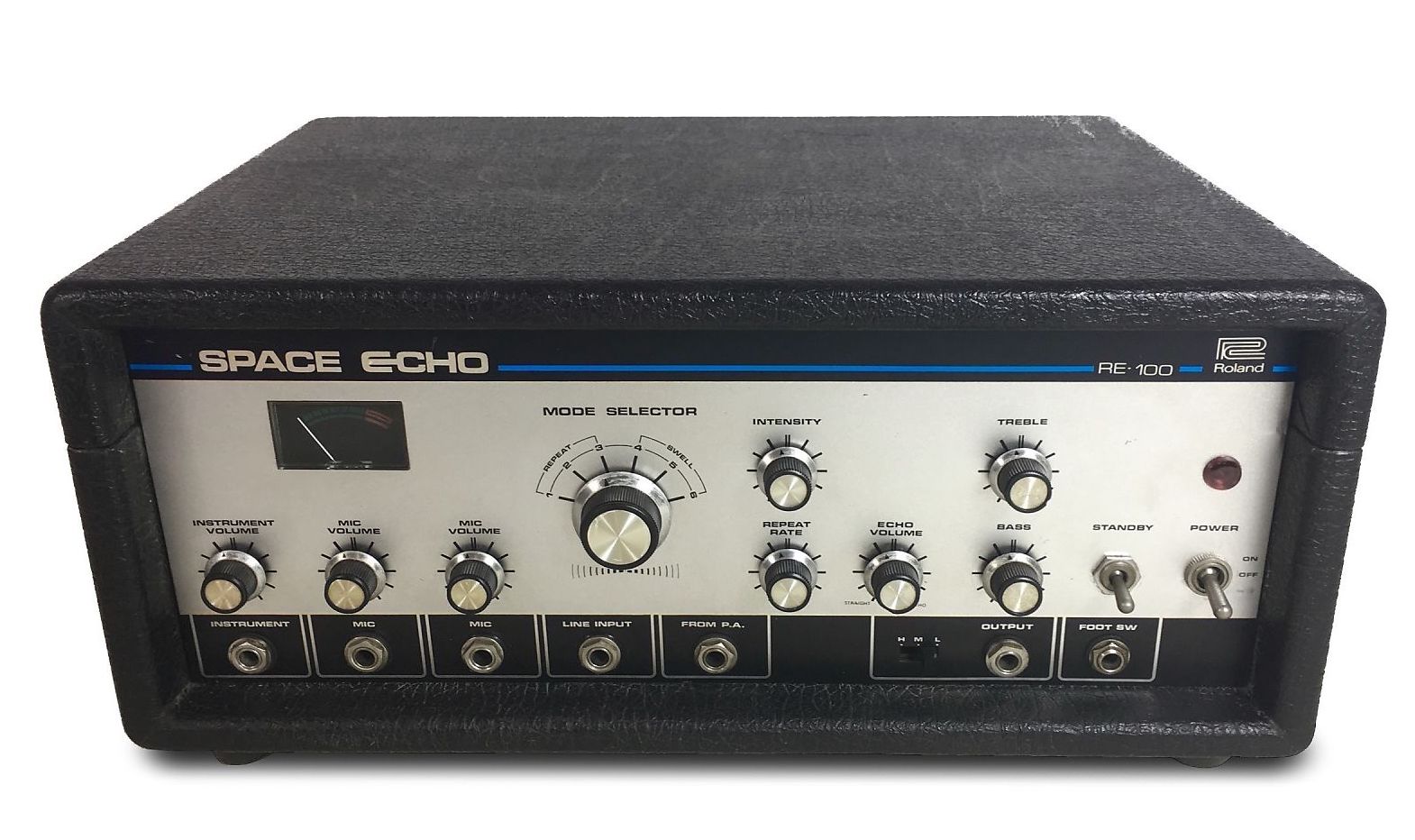
Similar to the EC-1, the RE-100 was the first created under Roland. Unlike the EC-1, it includes EQ controls (one bass, one treble) that let users shape the sound of the repeats.
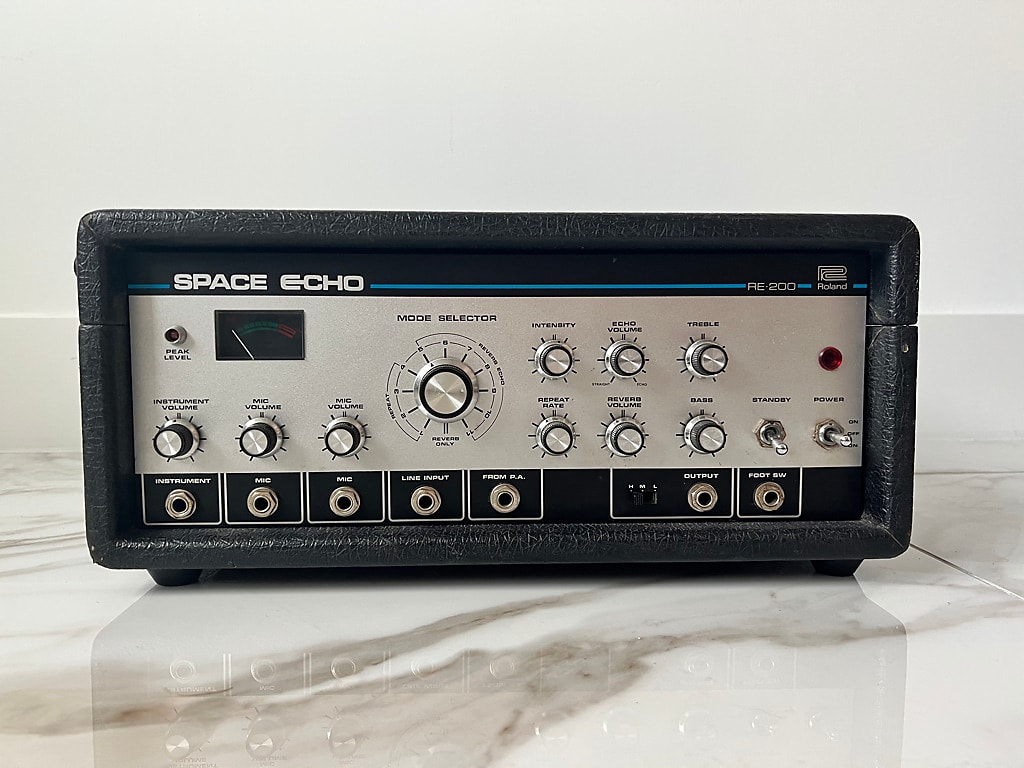
Also released in 1973, the RE-200 added a crucial element to the success of future Space Echoes: spring reverb. The combination of tape echo and reverb became the sound to get.
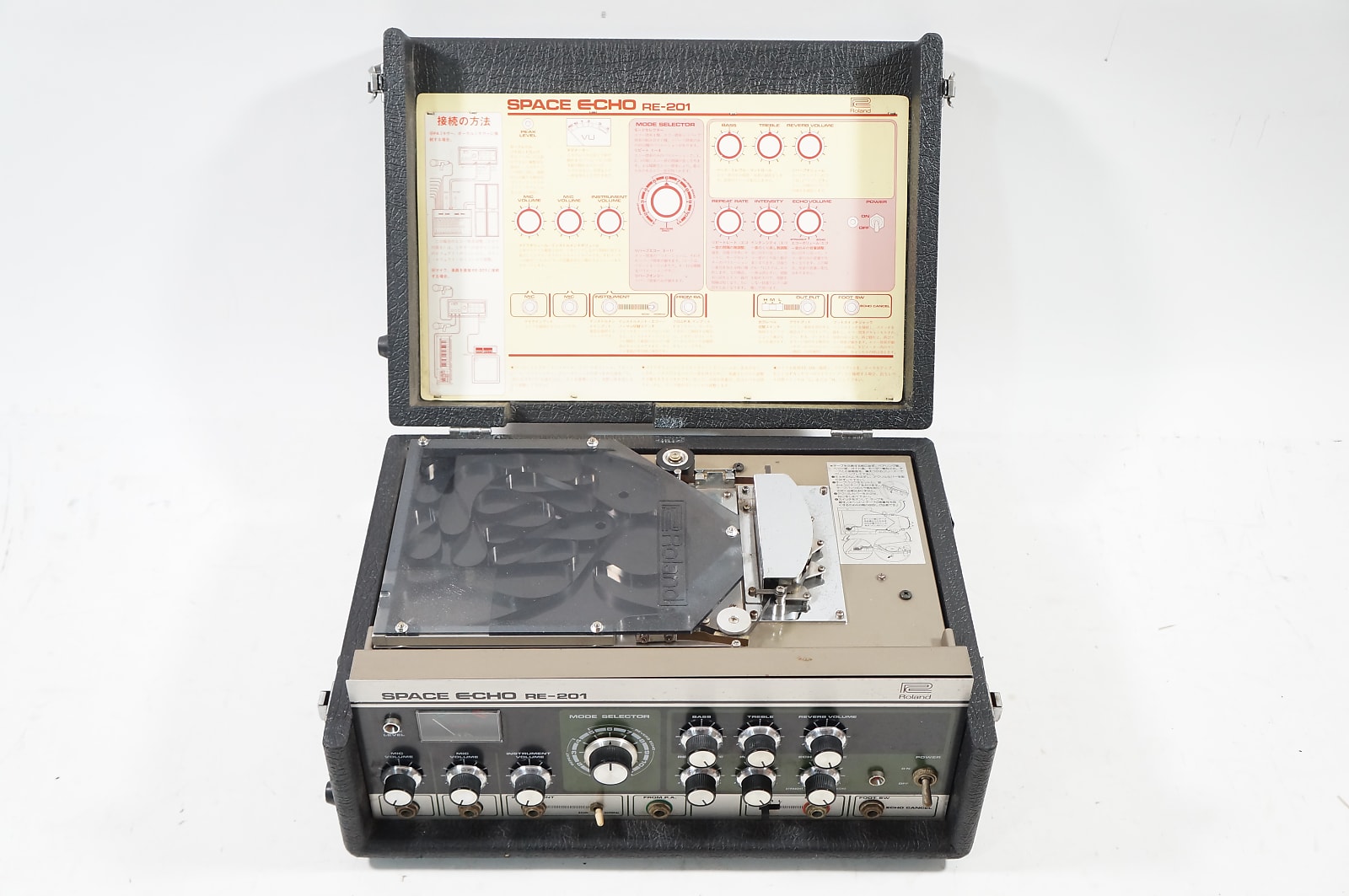
The bonafide classic of Roland's early Space Echoes, the RE-201 was a major upgrade upon release. The tape mechanism and circuit were redesigned, creating a sturdier machine with higher fidelity.
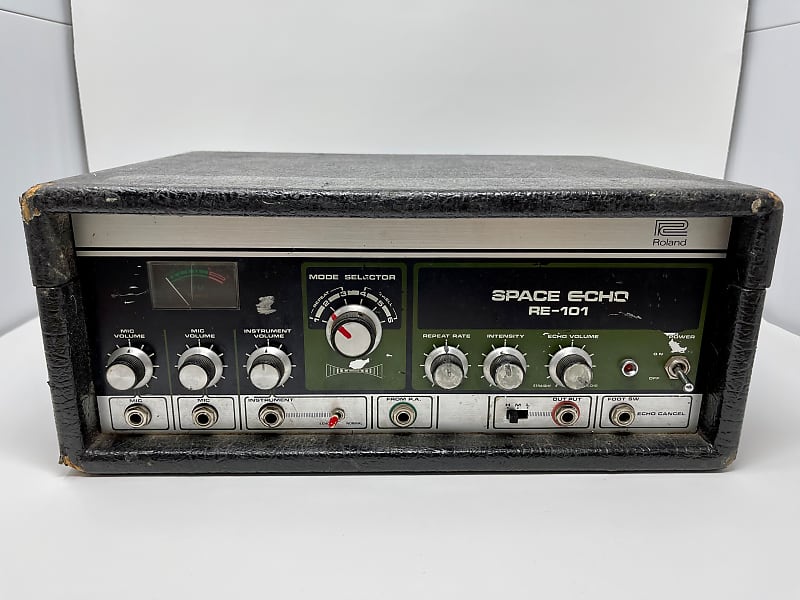
Released alongside the RE-201, the 101 is a stripped-down version. The upgraded tape mechanism and circuit is here, but gone are the spring reverb and EQ.

Tape echoes all have a small amount of natural chorusing, but the Chorus Echo expanded it with an independent chorus circuit. It also features a looping mode, a first for the Space Echo galaxy.

Another stripped-down version of the RE-201, the 150 doesn't have as many modes to choose from, and like the 101, lacks the onboard reverb. But it does include a dry output in addition to the wet, a first for the lineup.
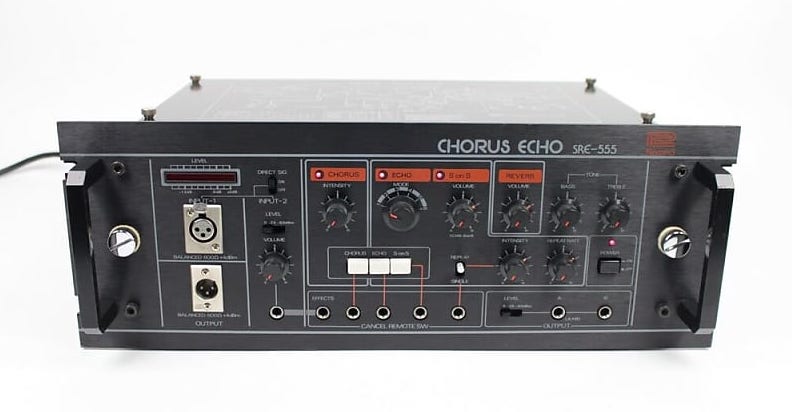
Released alongside the standard-format RE-501, the RE-555 was the first of the series available as a rackmount unit. Though the 555 and 501 expanded on the features of previous Space Echoes, they were the last to feature real tape, as technology shifted toward digital.
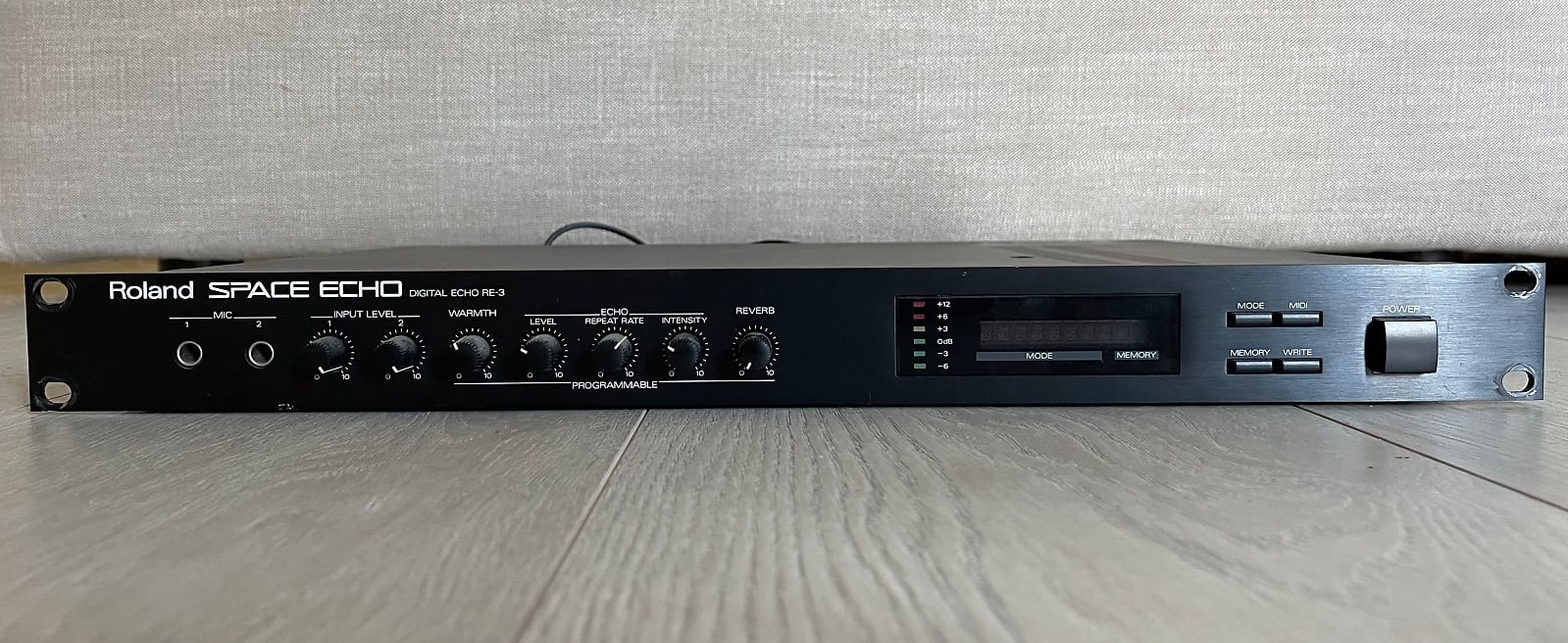
The first digital Space Echo, the RE-3 followed Roland digital delays like the SDE-2000, SDE-3000, and SDE-1000. It enjoyed the benefits of the new technology, with its slim size and ability to save presets. However, most users thought it didn't live up to its Space Echo name, and they're not particularly prized on the vintage market.
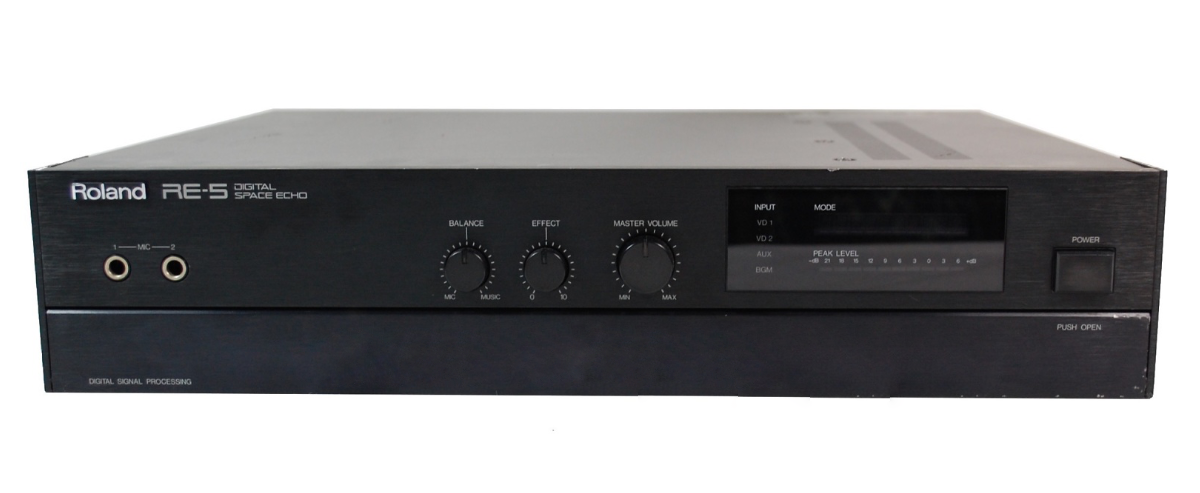
Looking more like stereo equipment than an effects unit, the RE-5 built upon its predecessor but was only available for a very short period of time. Like the RE-3, the RE-5 didn't quite match the sound of actual tape units, but some users appreciate both for their own digital delay and reverb sounds.
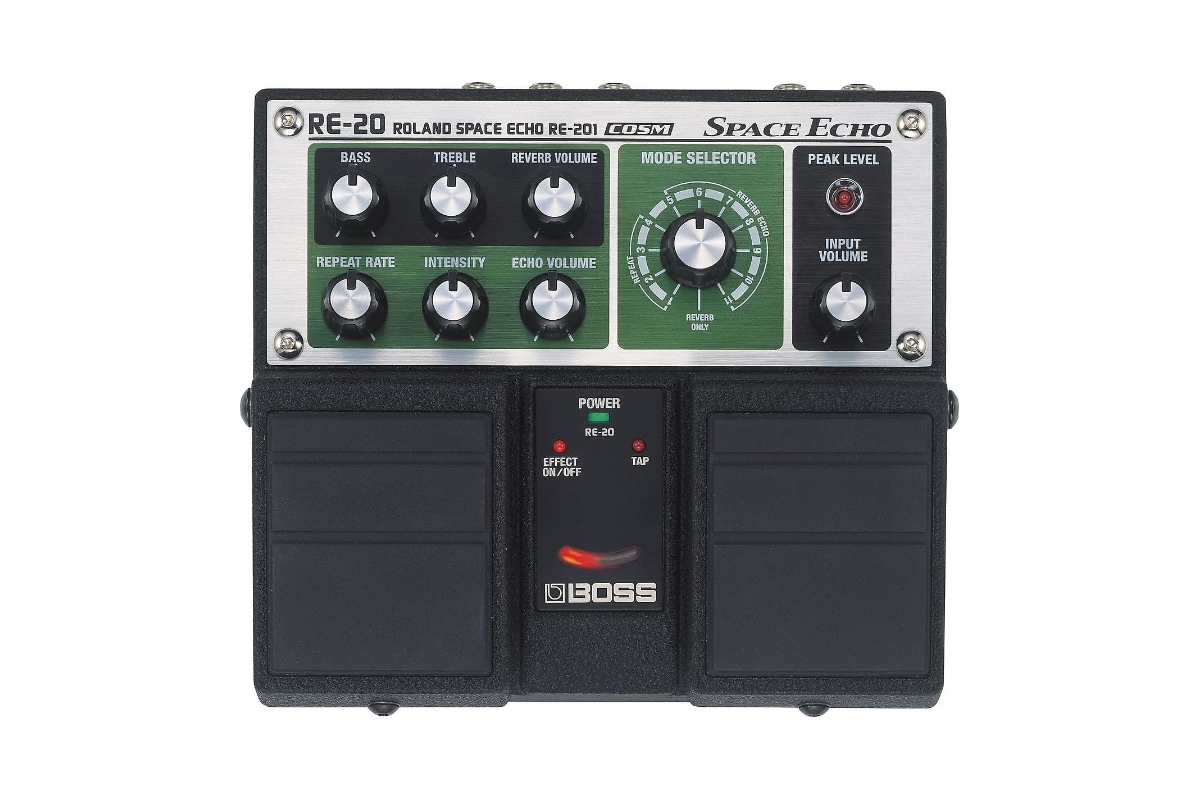
Built by Boss, the RE-20 was hailed as a return to form, though the form itself is quite different from the original. With sounds styled from the RE-201, it puts the best of that unit's echoes and reverbs into a digital pedal.
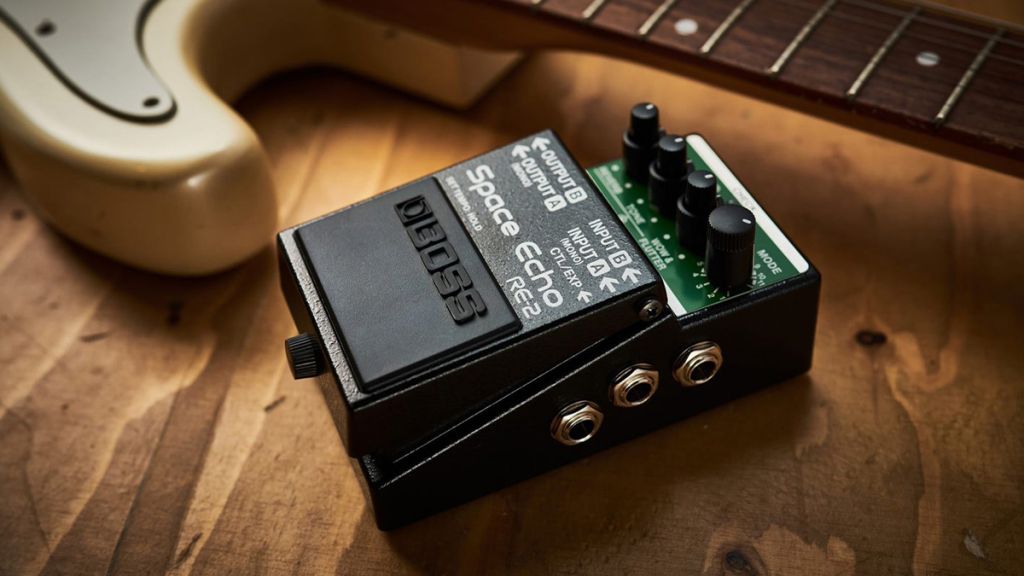
Just announced today after an apparent leak and not yet officially released, the RE-2 is set to be the most compact Space Echo unit yet. It features the same mode selection options as the larger RE-20, but in a much smaller format. It accomplishes this in part by doubling up functions with stacked knobs.
